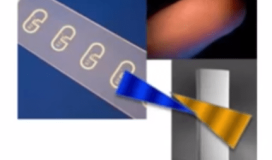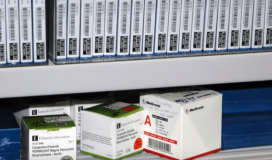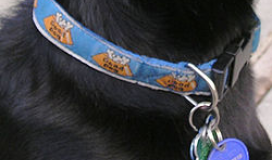Data transfer and communication has been simplified greatly by the wireless technology that has brought significant transformations and advancements in the field of digital communication. Near field communications is one of the revolutionary steps to define the new ways of communication protocols which govern data transfer between a small passive device and an active reading or writing device when brought closer to each other in the range of less than 10 cm. The passive component is the NFC sticker that store small amount of data around 96 to 8,192 bytes which can be easily read through a reader and many NFC tags also support addition of data which can be written into it by a writing device to enhance its usability.
The NFC tag along with the reader and writers operate on the principles of magnetic induction between the two-chip antennas that form an air-core transformer when brought in the near field of one other and usually operate within ISM band of 13.56 MHz which is unlicensed and globally available. NFC integrates a number of standards which include ECMA, ETSI, FeliCa and ISO/IEC 14443 Type A and Type B. NFC tags and the smartphones enabled with NFC and working in card emulation mode can transmit at basic level to a reader.
The NFC tags work with existing contactless card technologies and facilitates quick and simple setup of wireless connection which are inherently secure. To augment the security features the NFC tag can be custom-encoded by the manufacturers and can use NFC Forum specifications to securely store personal data such as PINs, contact lists, debit and credit card information, loyalty program data and other confidential information.
The NFC tag writer are currently used for storing data like text messages, contacts, mails, bookmarks, geo location, bank account information on credit cards and other forms of necessary data on NFC tags. Moreover, they are also used to write or program data in NFC chips of posters, key fobs, business cards, watches and other day-to-day utilities. After the data gets stored, the NFC tag writing application also allows reading and analyzing the data programmed which provides options to automatically launch applications based on the data contained in them.
NFC-equipped smart phones can work in tandem with NFC tags -programmed by NFC apps and paired with each other and can support a bulk of hose-hold and commercial applications by establishing connection in less than .1 second and maximum data transfer rate of 424 kbit/s.



